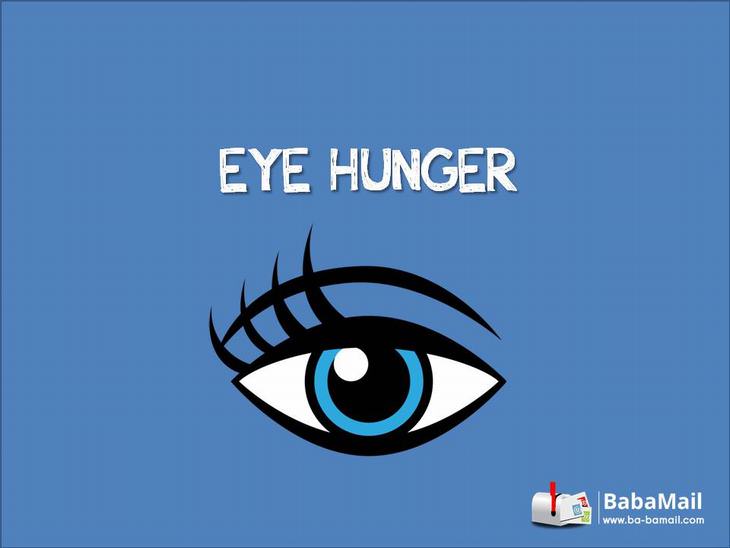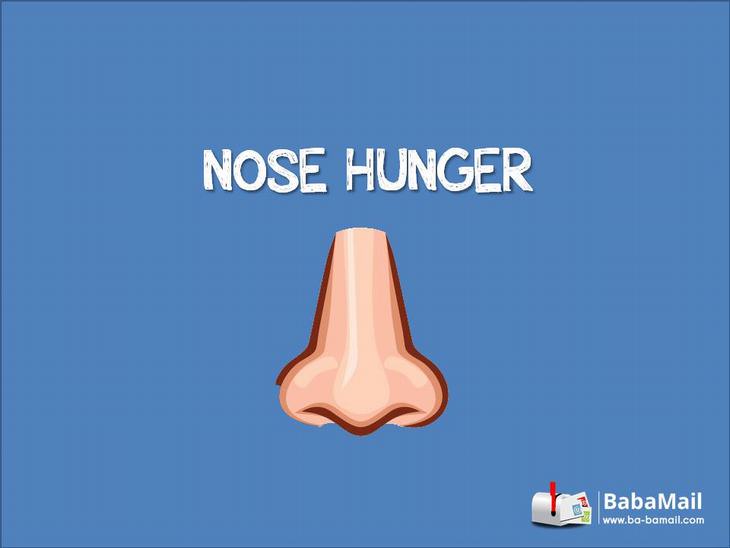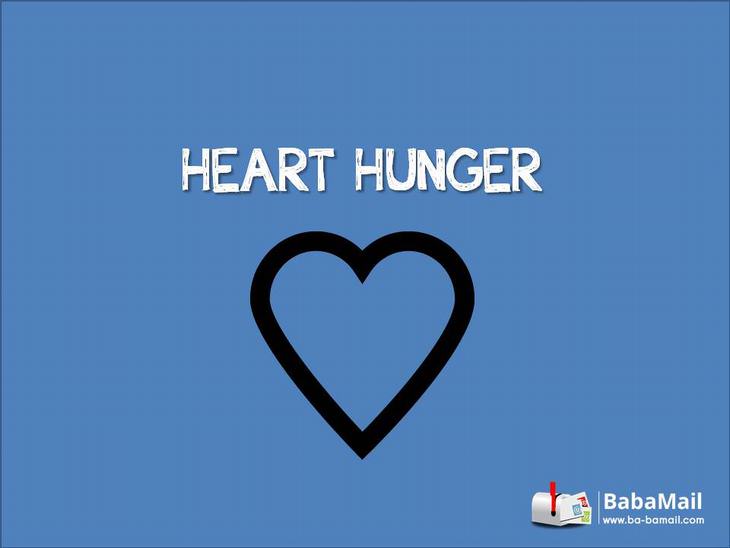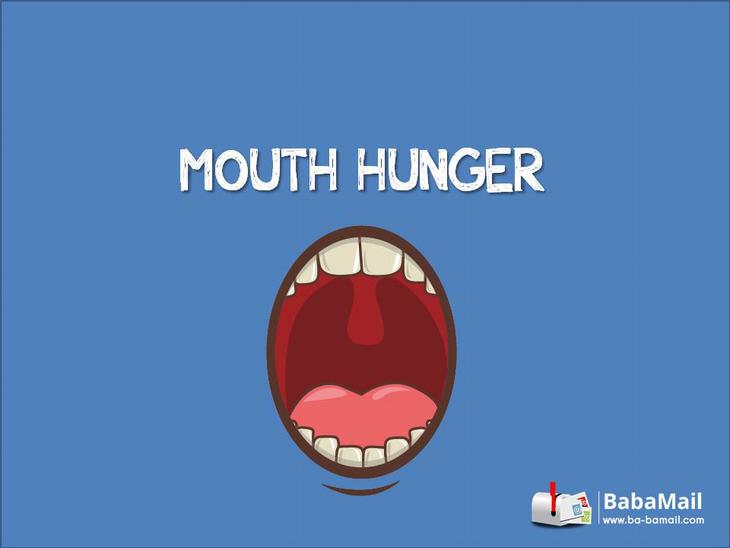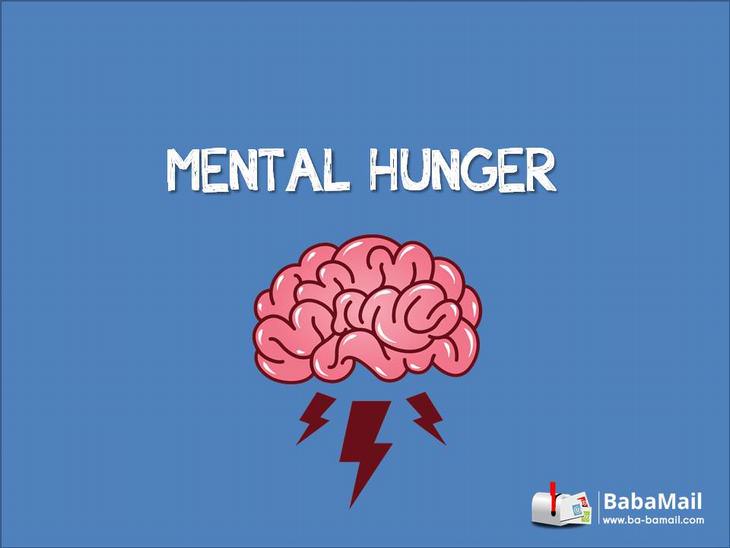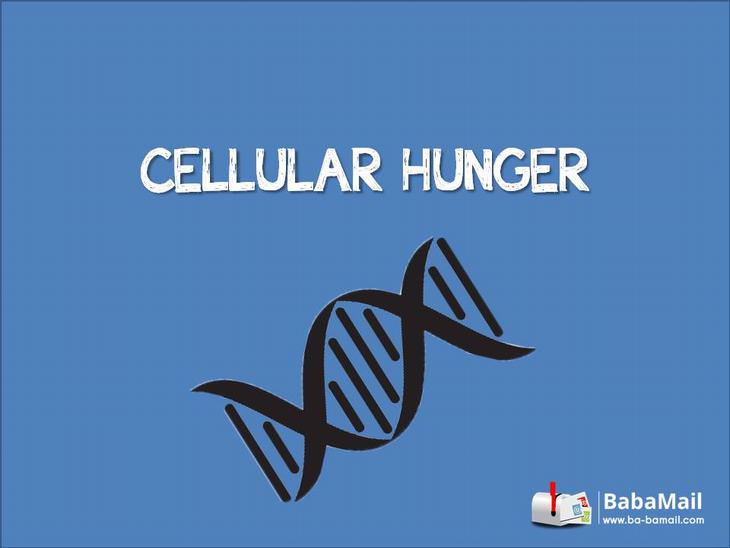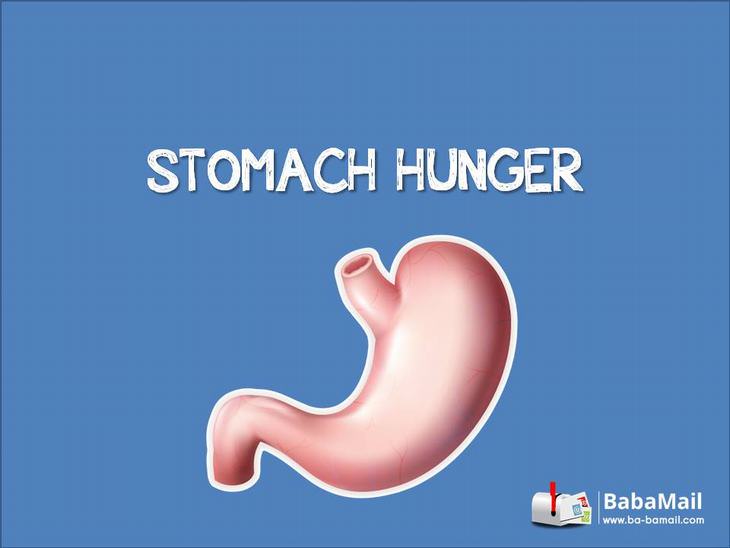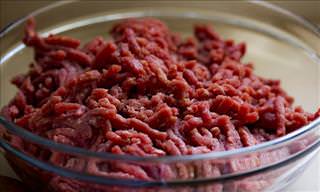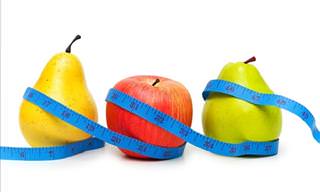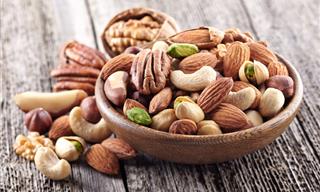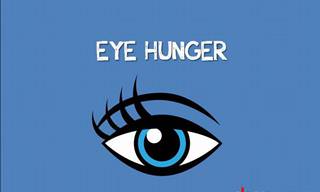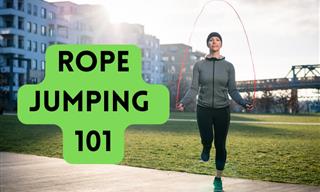It may come as a surprise to discover that there are seven types of hunger. But if you fail to recognize which type of hunger you may have, you are more likely to gain a few pounds. When a craving hits, determine where the source of your hunger is coming from, be it food or something else.
The trigger: A mouthwatering pizza
What to do: Ask yourself whether you'd be this excited to have an apple. If the answer is no, then you don't need food. If you're feeling a bit hungry, savor each bite and stop when you feel satisfied.
The trigger: The sweet smell of cinnamon rolls
What to do: If you are truly hungry, opt for a whole-grain alternative like toast with peanut butter and cinnamon.
The trigger: Sadness, anxiety, boredom or any other uncomfortable feeling
What to do: If you find yourself in the kitchen looking for something to eat, it's likely tied to emotions. Acknowledge what is bothering you and deal with that problem directly - try to take a few breaths instead.
The trigger: You crave something creamy, crunchy and cold
What to do: Certain textures can be psychologically satisfying even if you're not actually hungry. Understand the qualities you crave and keep your portions small and preferably low in calories. Greek yogurt, carrot sticks or frozen grapes should satisfy your craving.
The trigger: Time
What to do: It may be noon, but don't force yourself to eat if you don't feel hungry. Grab your meal only when you need it and eat until you feel full.
The trigger: Fatigue
What to do: Heavy foods are hard to digest and can leave you feeling more tired. Opt for a 15-minute nap instead. If you don't have enough time to do so, grab a high-protein snack (such as a handful of almonds) instead. That will boost your energy.
The trigger: A gurgling belly
What to do: Rate your hunger on a scale of 1 to 10. If it's 0 to 3, grab a snack. 4 to 6 a small meal, 7 to 10 fill your plate!
 Go to BabaMail
Go to BabaMail


